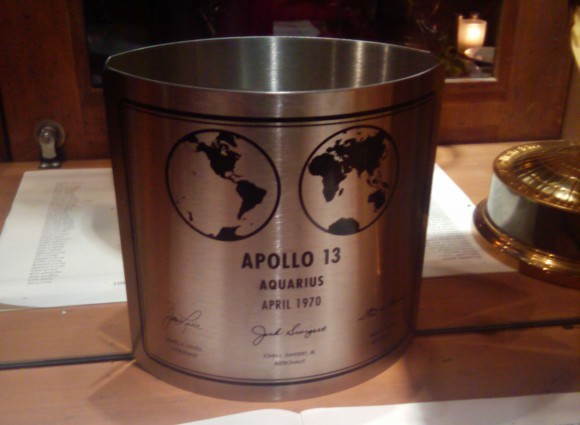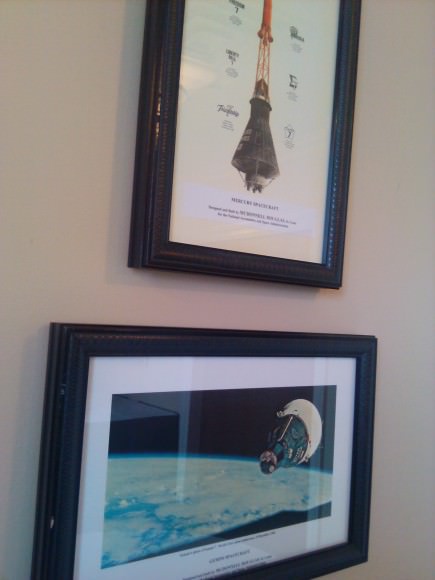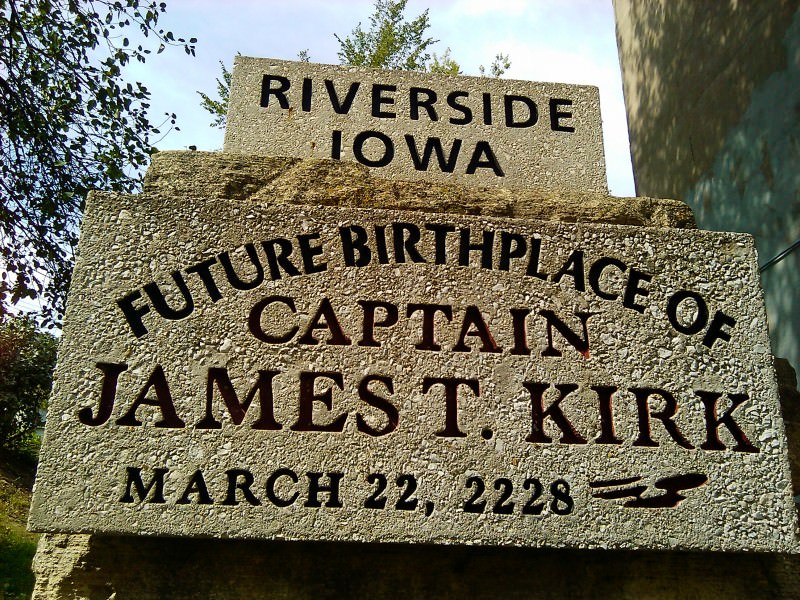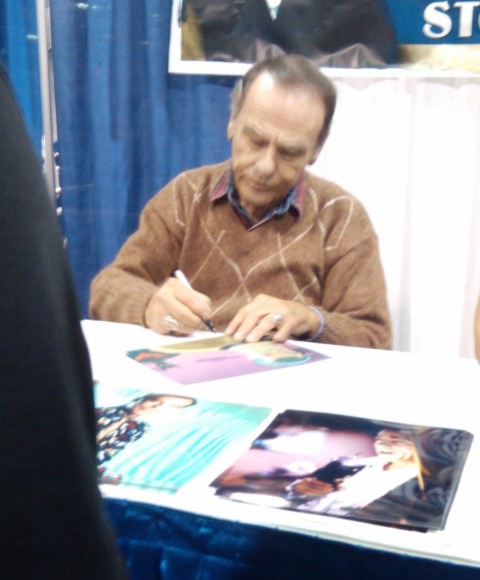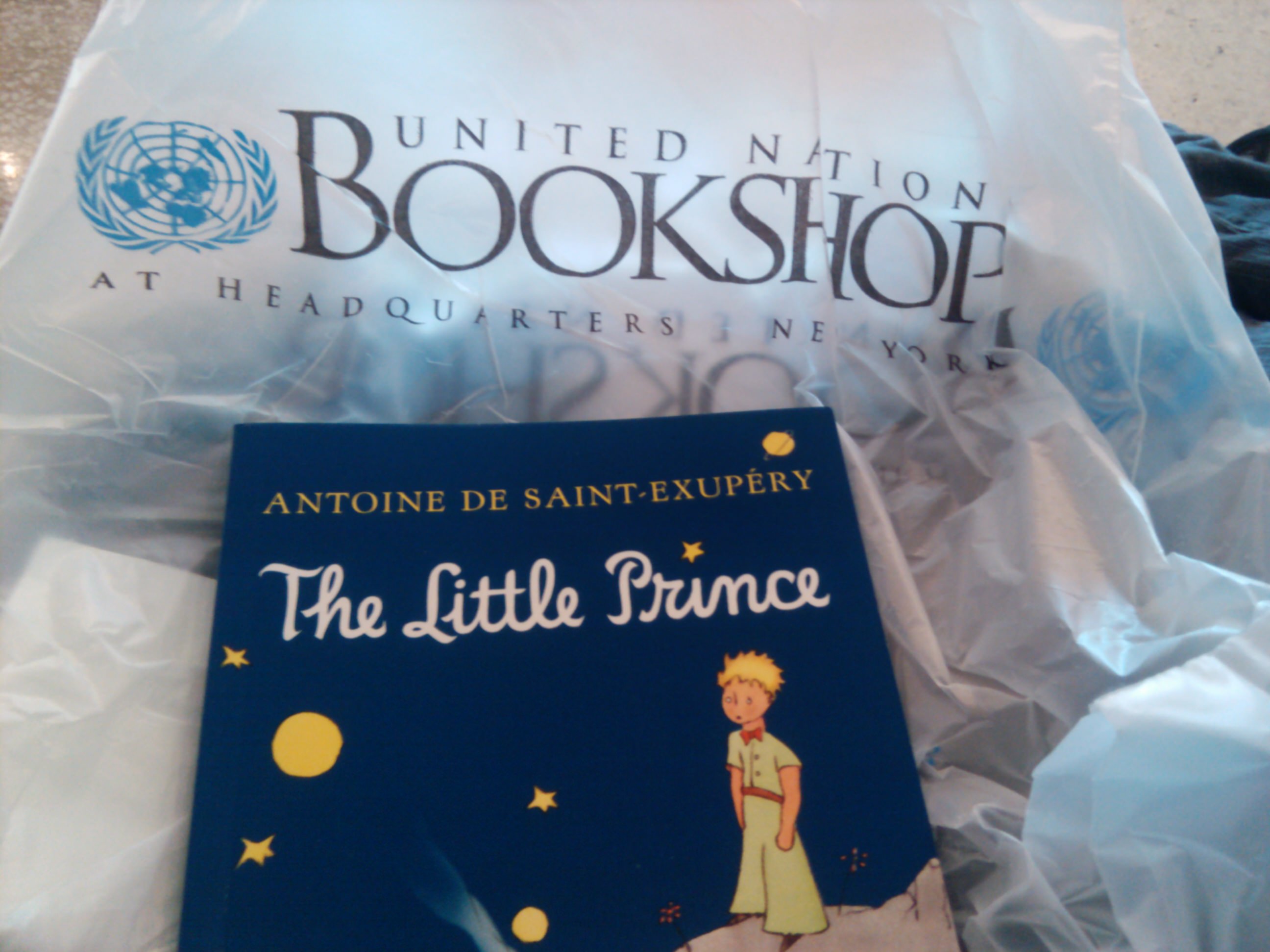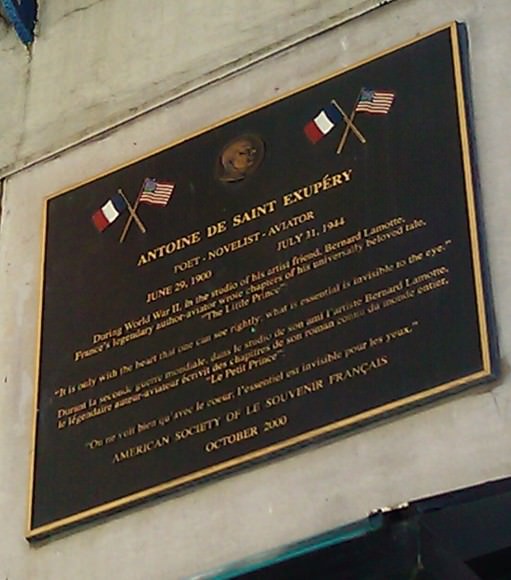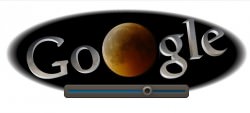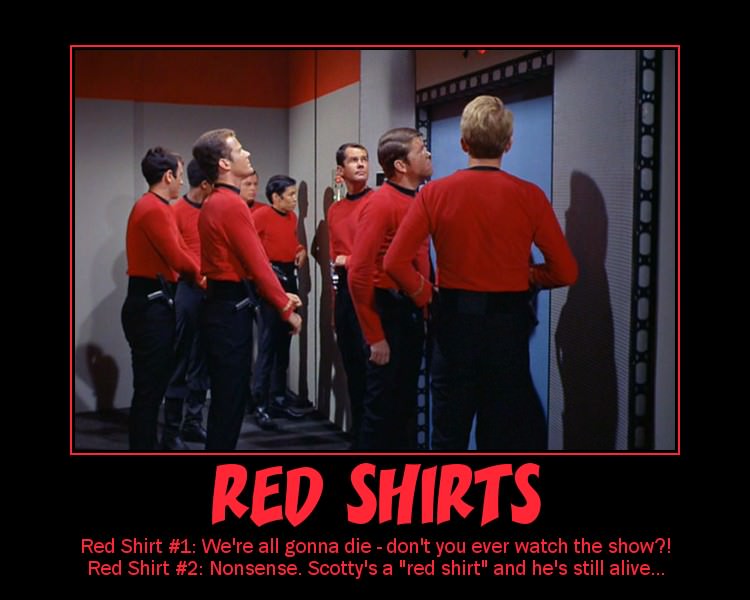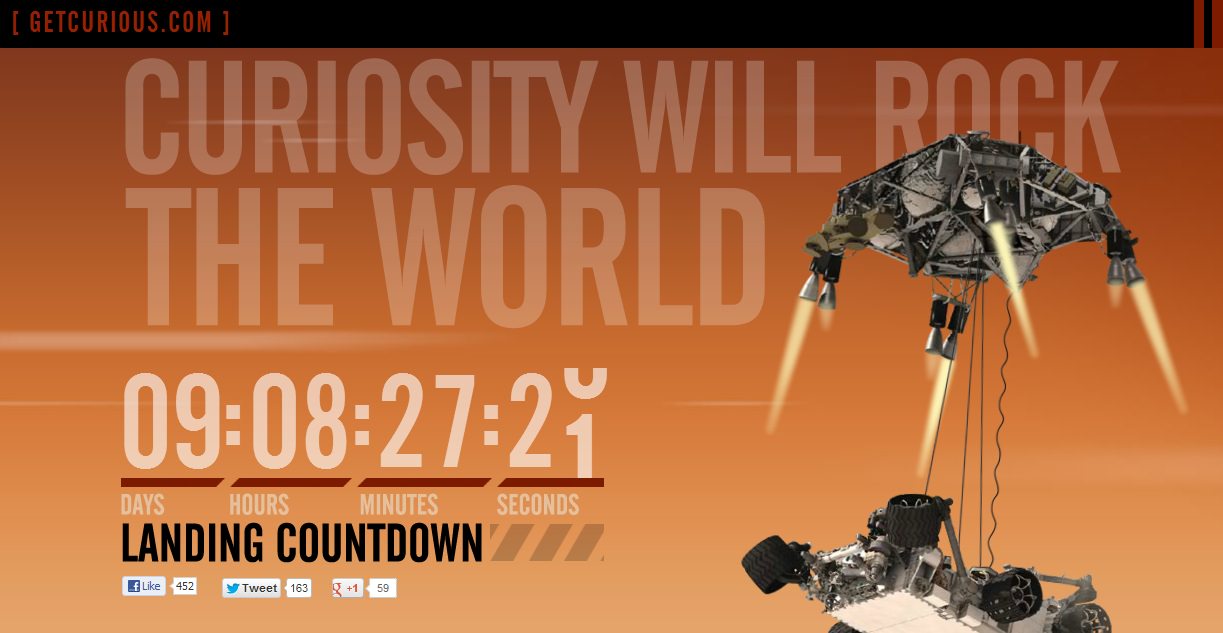It’s safe to say the Apollo 13 mission has defined my space reporting life. Watching the movie in 1996 as a teenager first got me interested in space. I subsequently devoured astronaut Jim Lovell’s and journalist Jeffrey Kluger’s account of the mission in just one day, which set off hours of reading into the Apollo missions and NASA. Apollo 13 is a topic that I frequently return to and read about even two decades later.
So imagine my delight when last week, I walked into Lovell’s of Lake Forest — a Chicago-area restaurant owned by Lovell’s son, Jay — and discovered several floors of Apollo 13-themed memorabilia.
In the “special requests” section of my reservation, I had alerted staff ahead of time of my interest in the mission. They kindly sat me right in front of a large display case in the basement dining room (dubbed “Captain’s Quarters”) that contained several shelves of priceless memorabilia.
While I munched on french onion soup and shrimp creole, my eyes wandered among the shelves. Awards, models of spacecraft and aircraft, a moon rock … even the Apollo 13 lunar lander plaque that was supposed to be left behind on the moon were in full view inside the glass.
After dining in this virtual museum, I asked the staff about the building. Constructed in 1999 by R.M. Swanson and Associates and Kauer Inc., the restaurant features several rooms for different kinds of crowds, ranging from receptions to wine afficionados. One room is called the “Odyssey” room, after the command module part of the spacecraft in the Apollo 13 mission.
Since I was dining early, the rest of the restaurant was fairly empty and the staff invited me to stroll up the stairs. It’s clear from the pictures on the walls that Jim Lovell is very proud of the movie and his role in it, both as an adviser and as an appearing actor in the end, when he greets the crew dressed as a naval captain. Memorabilia ranging from laser discs to pictures to articles about the movie graced the stairwell. Additionally, Lovell had a nod or two to his Gemini VII mission.
All around it was a great experience; this entry just touches on the number of artifacts available in the restaurant for viewing. Quite the space history gem hidden just north of Chicago.
All pictures by Elizabeth Howell.
Elizabeth Howell (M.Sc. Space Studies ’12) is a contributing editor for SpaceRef and award-winning space freelance journalist living in Ottawa, Canada. Her work has appeared in publications such as SPACE.com, Air & Space Smithsonian, Physics Today, the Globe and Mail, the Canadian Broadcasting Corp., CTV and the Ottawa Business Journal.


